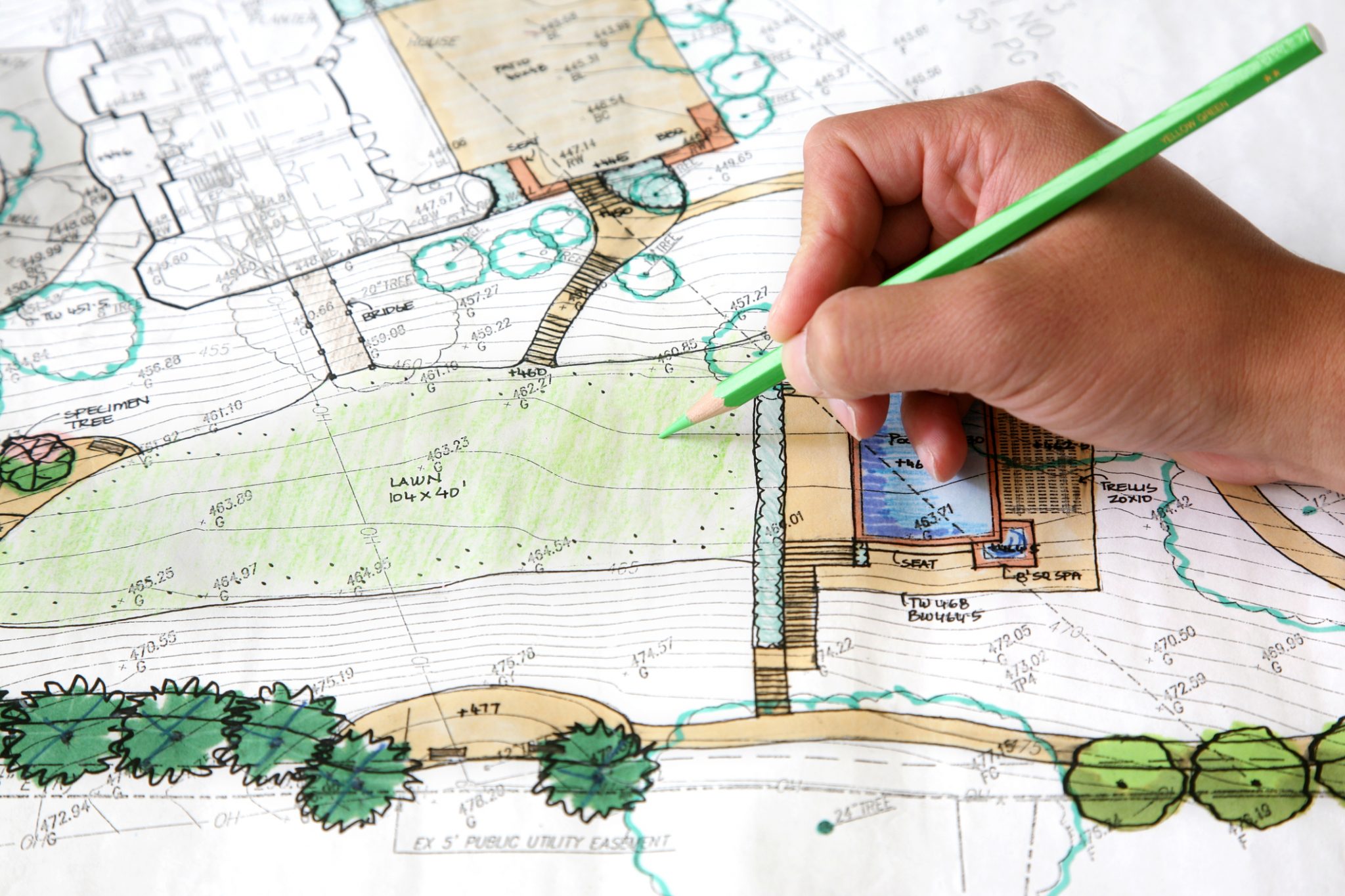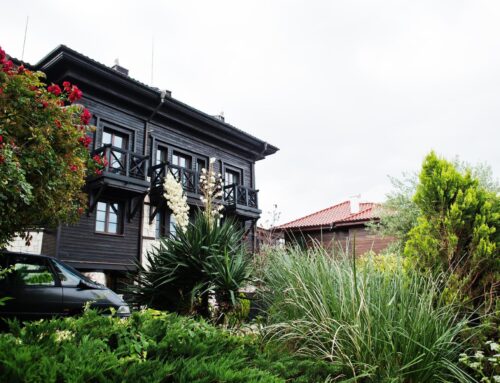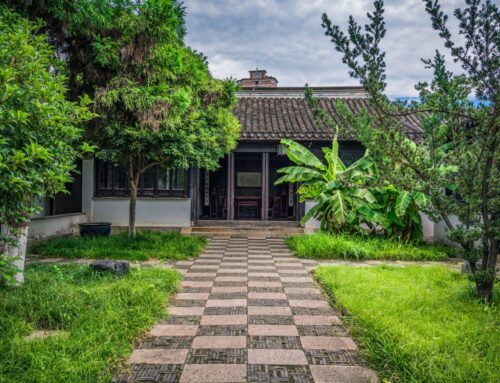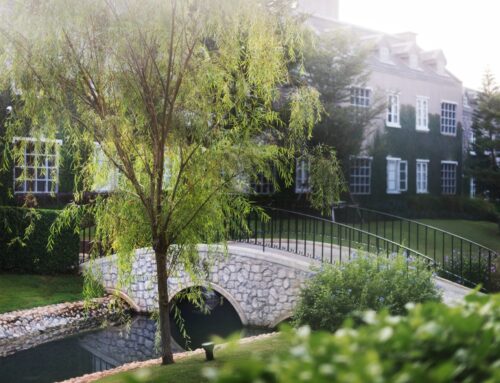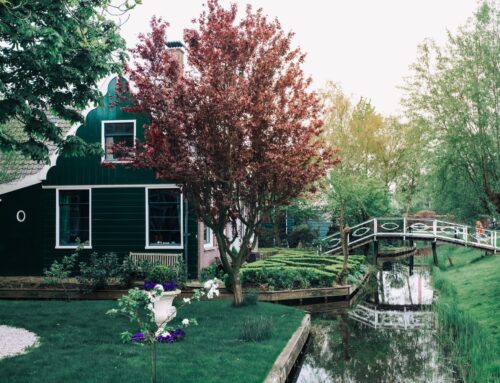Professional landscaping services can transform your outdoor space and enhance the beauty and functionality of your property. At Harris Landscapes, we offer a wide range of landscaping services designed to meet your unique needs and preferences. Understanding the benefits of professional landscaping can help you make informed decisions about your outdoor space.
What is Professional Landscaping?
Professional landscaping involves the design, installation, and maintenance of outdoor spaces, including gardens, lawns, and hardscapes. Landscaping professionals use their expertise to create aesthetically pleasing and functional outdoor environments that complement your home and lifestyle.
Benefits of Professional Landscaping
- Enhanced Curb Appeal: A well-designed and maintained landscape can significantly enhance the curb appeal of your property. This not only creates a positive first impression but also increases the value of your home.
- Increased Property Value: Professional landscaping can increase the value of your property by up to 20%. A beautiful and functional outdoor space is a valuable asset that attracts potential buyers and adds to the overall appeal of your home.
- Improved Outdoor Living Spaces: Professional landscaping can create functional outdoor living spaces where you can relax, entertain, and enjoy nature. This includes patios, decks, outdoor kitchens, and seating areas.
- Environmental Benefits: Landscaping can have a positive impact on the environment by reducing soil erosion, improving air quality, and providing habitat for wildlife. Properly designed landscapes can also help manage stormwater runoff and reduce the need for irrigation.
- Personal Enjoyment: A well-maintained landscape provides a beautiful and tranquil environment for you and your family to enjoy. Spending time outdoors in a well-designed space can reduce stress and improve overall well-being.
Key Services Offered by Professional Landscapers
- Landscape Design: Landscape design involves creating a detailed plan for your outdoor space, including the layout, plant selection, and hardscape elements. Professional designers use their expertise to create a cohesive and aesthetically pleasing design that complements your home and lifestyle.
- Plant Selection and Installation: Professional landscapers select and install plants that are suitable for your climate, soil, and preferences. They ensure that the plants are placed in the right location to thrive and enhance the overall design.
- Lawn Care and Maintenance: Lawn care services include mowing, fertilizing, aerating, and weed control to keep your lawn healthy and green. Regular maintenance ensures that your lawn remains lush and attractive throughout the year.
- Irrigation Systems: Professional landscapers design and install efficient irrigation systems that provide the right amount of water to your plants and lawn. This helps conserve water and ensures that your landscape remains healthy and vibrant.
- Hardscaping: Hardscaping involves the installation of non-plant elements such as patios, walkways, retaining walls, and outdoor kitchens. These elements add structure and functionality to your outdoor space.
- Seasonal Cleanup: Seasonal cleanup services include removing leaves, debris, and dead plants from your landscape to prepare it for the changing seasons. This helps maintain the health and appearance of your outdoor space.
The Role of Landscape Design
Landscape design is a crucial aspect of professional landscaping. A well-thought-out design ensures that your outdoor space is functional, aesthetically pleasing, and sustainable. Here are some key components of landscape design:
- Site Analysis: A thorough site analysis is the first step in landscape design. This involves assessing the existing conditions of your property, including soil type, drainage, sunlight, and existing vegetation. Understanding these factors helps the designer create a plan that works with the natural features of your property.
- Concept Development: During the concept development phase, the designer creates a preliminary plan that outlines the layout and features of your landscape. This includes the placement of plants, hardscape elements, and focal points.
- Plant Selection: Choosing the right plants is essential for a successful landscape design. The designer selects plants that are suitable for your climate, soil, and preferences. They consider factors such as color, texture, height, and bloom time to create a visually appealing and cohesive design.
- Hardscape Elements: Hardscape elements add structure and functionality to your landscape. This includes features such as patios, walkways, retaining walls, and water features. The designer ensures that these elements are integrated seamlessly into the overall design.
- Sustainability: Sustainable landscape design focuses on creating environmentally friendly and low-maintenance landscapes. This includes using native plants, conserving water, and designing landscapes that support local wildlife.
Conclusion
Professional landscaping services offer numerous benefits, including enhanced curb appeal, increased property value, and improved outdoor living spaces. At Harris Landscapes, we are dedicated to creating beautiful and functional outdoor environments that meet your unique needs and preferences. Contact us today to learn more about our landscaping services and how we can transform your outdoor space.

